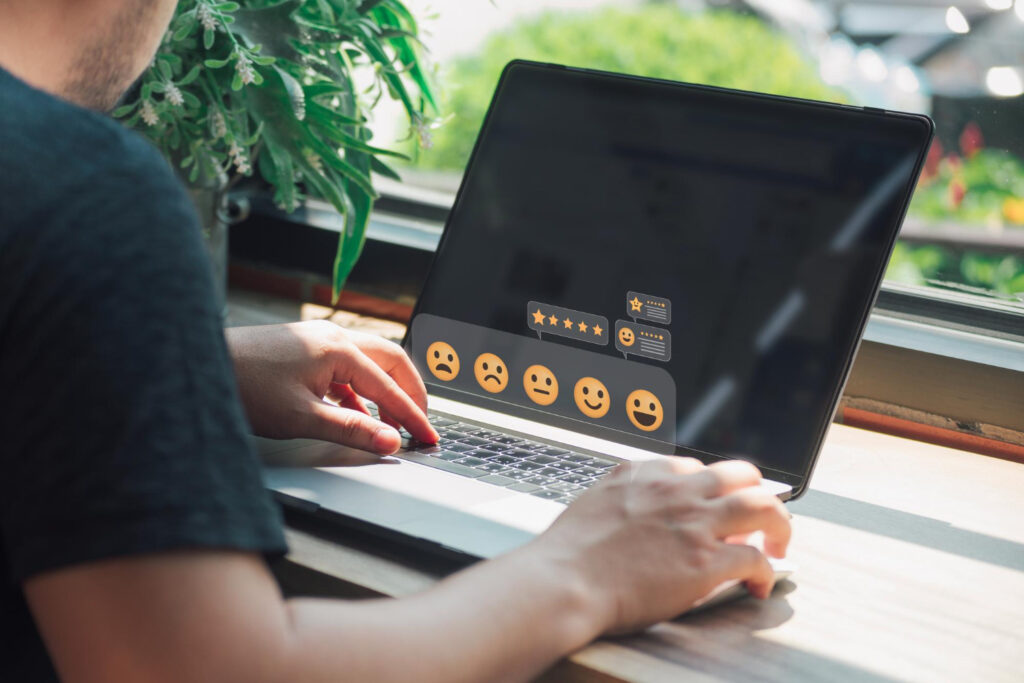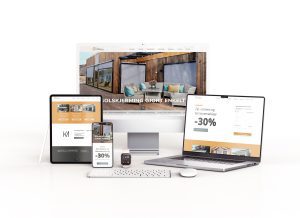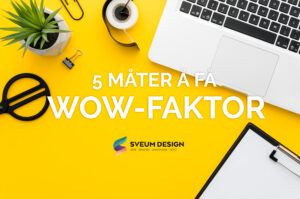Your website is accessible to a large number of users, so it’s important that everyone has the opportunity to use it. The accessibility requirements apply to private and public companies, teams and organizations that use websites to reach their target group.
Sveum Design follows the new requirements
Web Content Accessibility Guidelines (WCAG) 2.0 describes the requirements for web solutions, and Sveum design follows these guidelines when developing new websites. You can therefore be sure that your website meets the requirements. We can also redesign your existing website and provide guidance on how to adapt your website to the new statutory requirements for universal design.
It’s not just about making things easier for people with disabilities. It’s about making the user experience better for everyone. You improve the user experience for those who only have time to read about your products on the bus on a small screen, those who are reluctant to read long, heavy texts or are stressed and have a lot else to think about, they maneuver around your website while sitting on their phone. You also improve your visibility in the search engines.
Universal design – easier for everyone, and you will most likely benefit from it.
What does accessibility have to do with your website?
If you run a business, association or other organization that caters to the general public, you are required by law to offer a universally designed website.
The great thing about thinking about the site being universally designed is that the website becomes more user-friendly for everyone, making it easier to reach everyone in your target group.
It will be easier to find your way around, more intuitive to navigate. Simply a clearer path for everyone who uses your website.
So it’s definitely an advantage for you when reaching out to your customers.
This means that all types of users should be able to use the same solution, i.e. no special solution for those who are blind or visually impaired or have other disabilities.
When creating your website, you need to think about this
– colors
– text size
– contrast
– coding so that blind people can “read” the website
Feel free to ask me for advice on how you can achieve this in the best possible way.
What is universal design?
Universal design is all about designing your website to take into account the varying abilities of all people, including people with disabilities. When you create something that is universally designed, you reach all target groups through one and the same solution. This can be a way of increasing accessibility and user-friendliness for everyone, as well as ensuring that people with disabilities have equal access to your website.
Basic principles of universal design
- Equal opportunities for use: The design should be usable and accessible for people with different abilities.
- Flexible in use: The design should serve a wide range of individual preferences and capabilities.
- Simple and intuitive to use: The design should be easy to understand for everyone, and the experience, knowledge, language ability or concentration level of the user should not matter.
- Comprehensible information: The design should communicate the necessary information to the user in an effective way, regardless of environmental conditions or the user’s sensory capabilities.
- Tolerance for errors: The design should minimize unintended actions.
Contact me today for a non-binding offer. I’ll give you a website you can be proud of!






